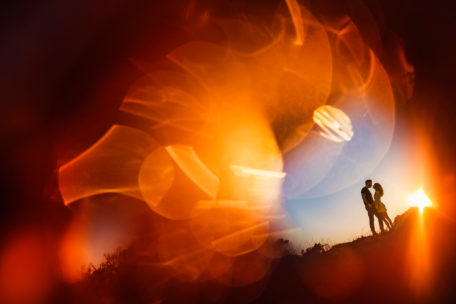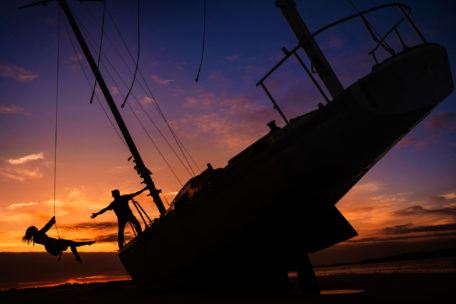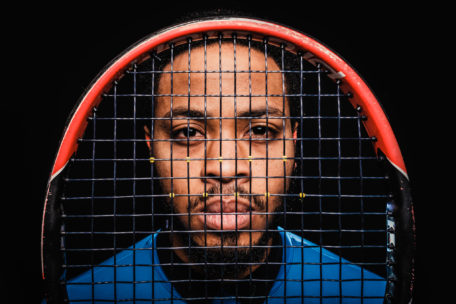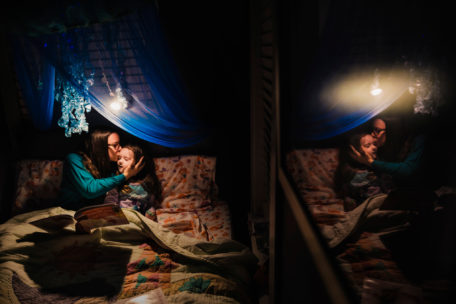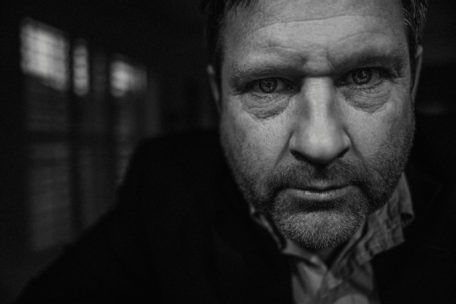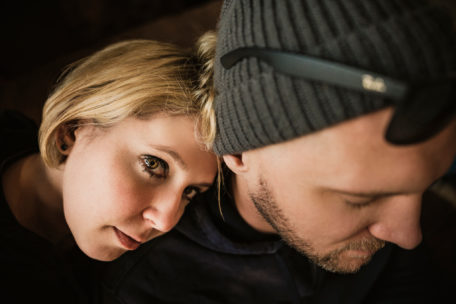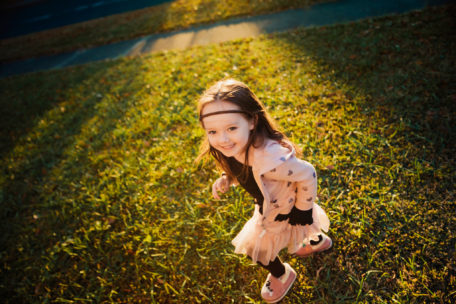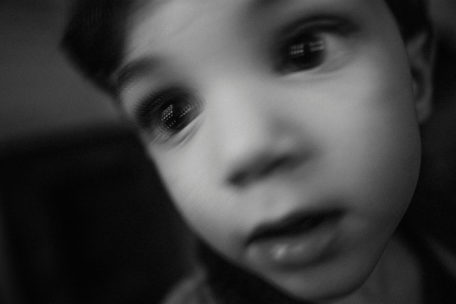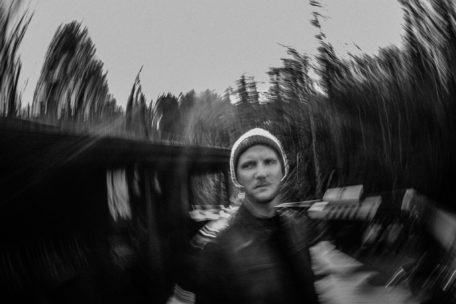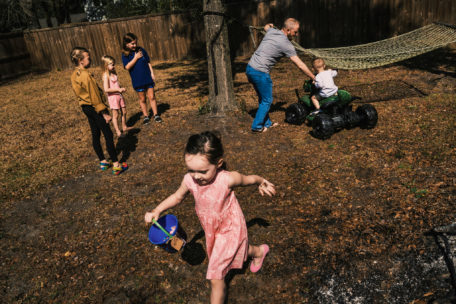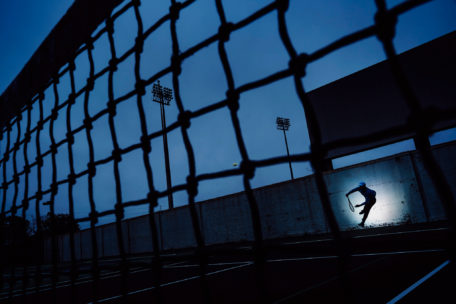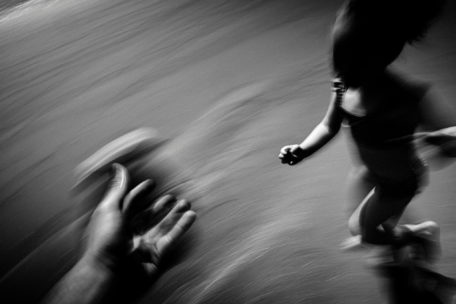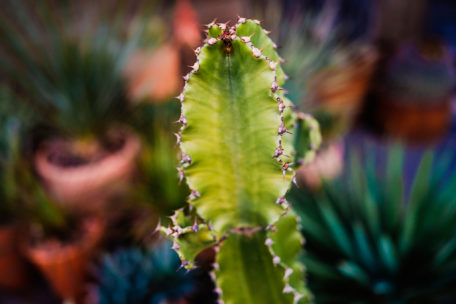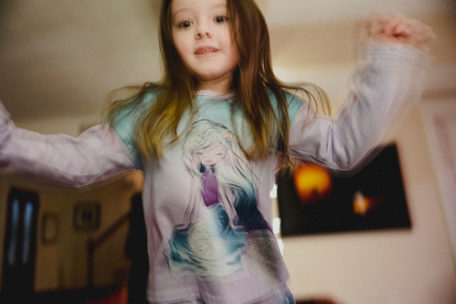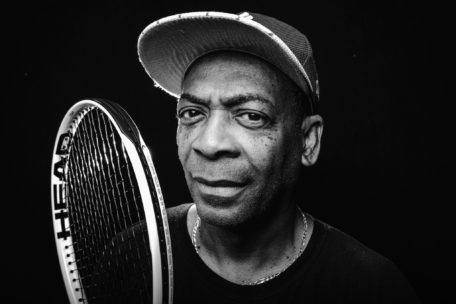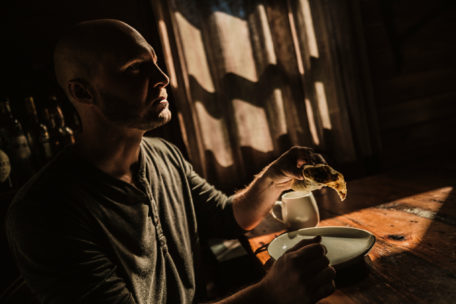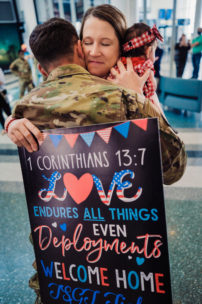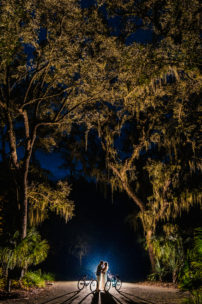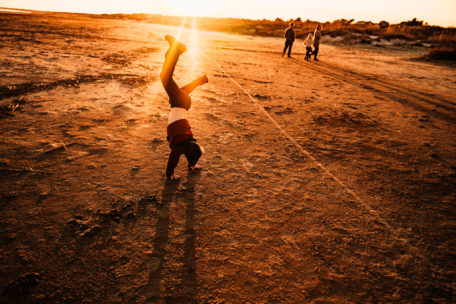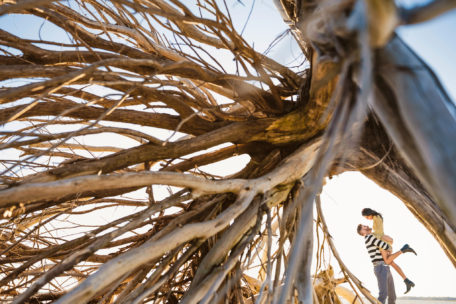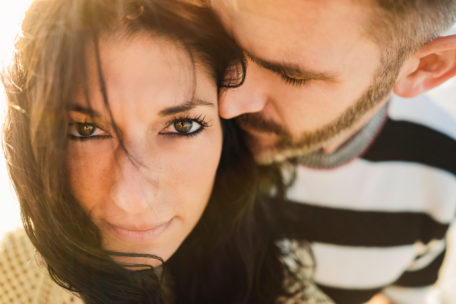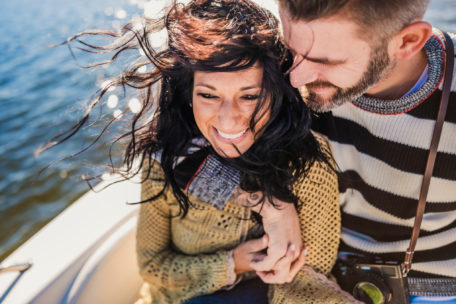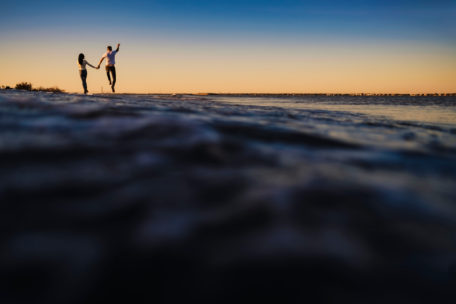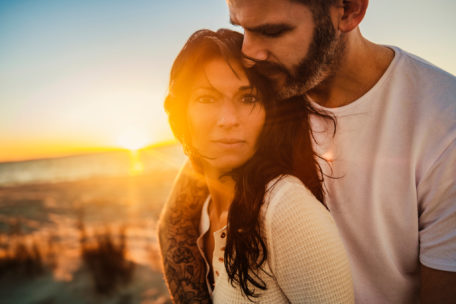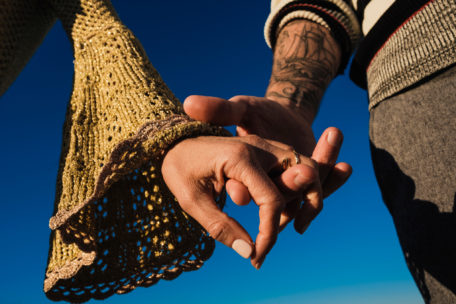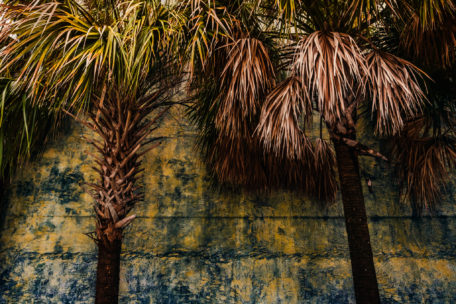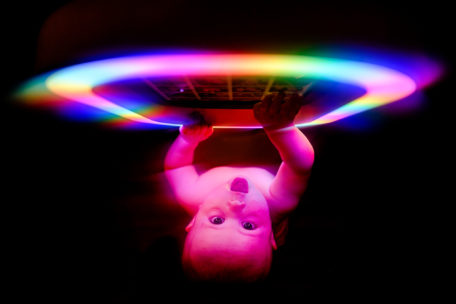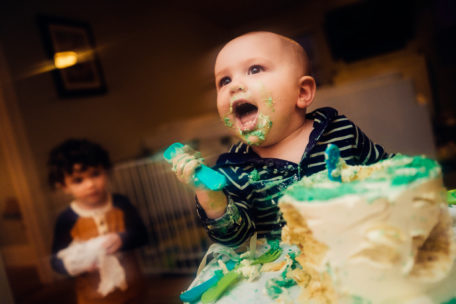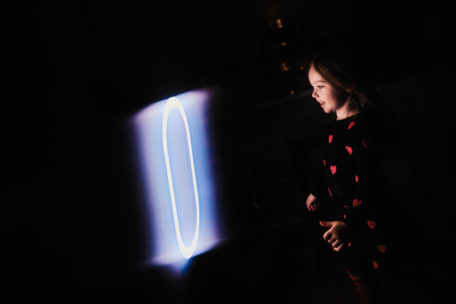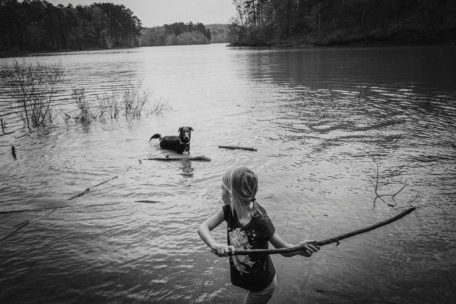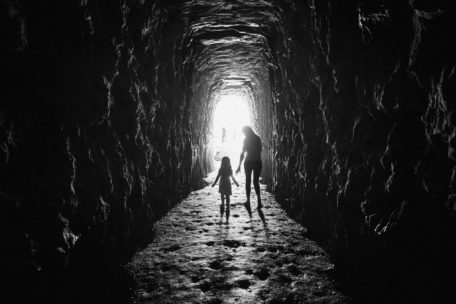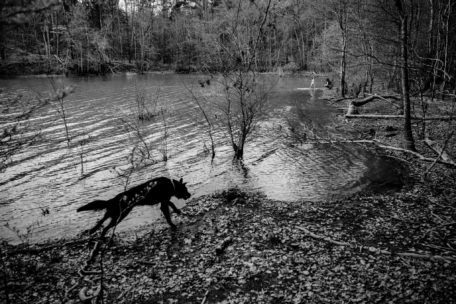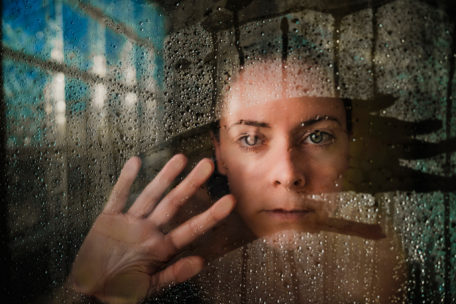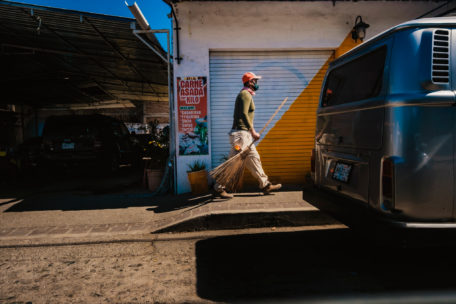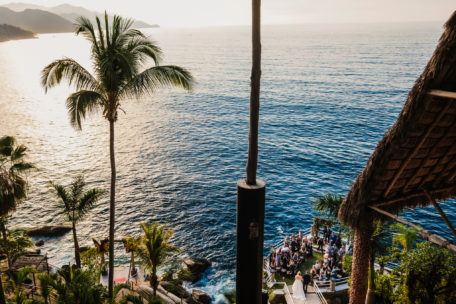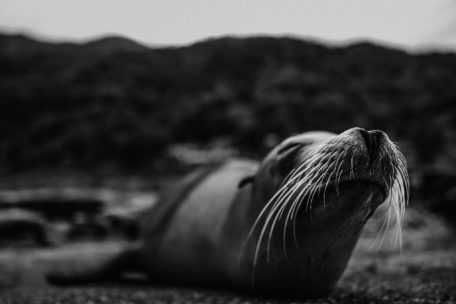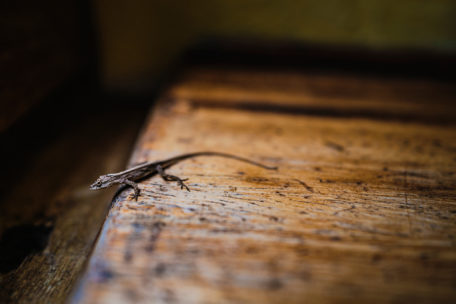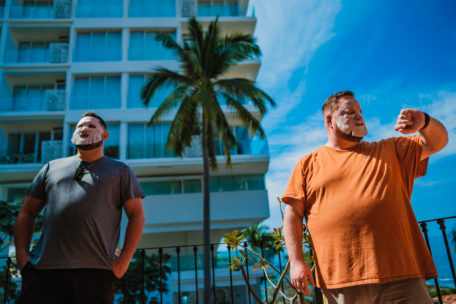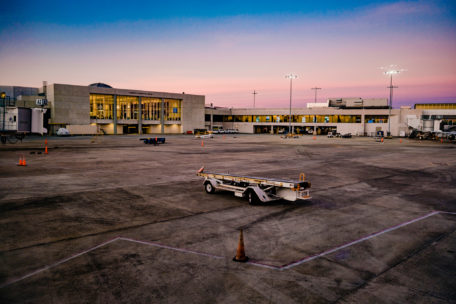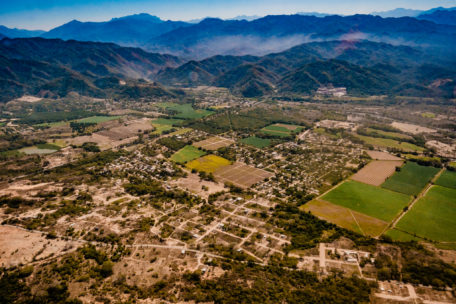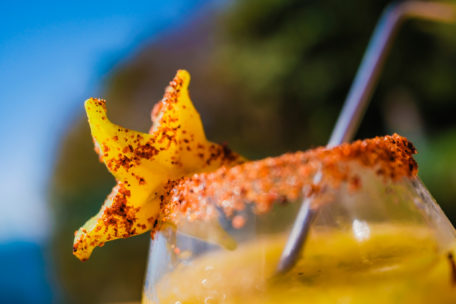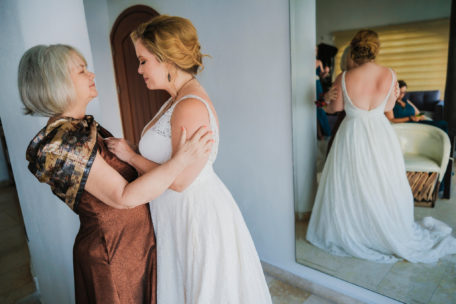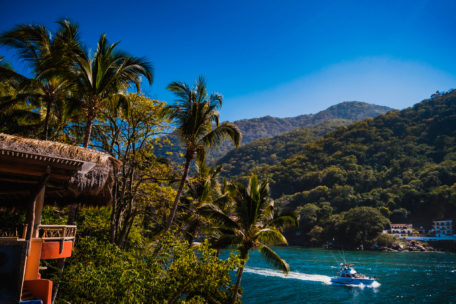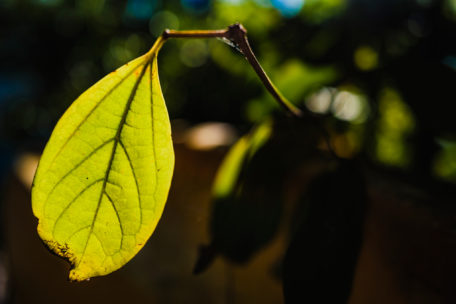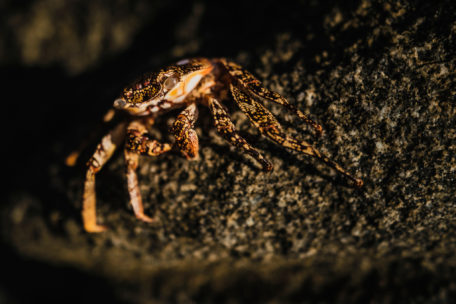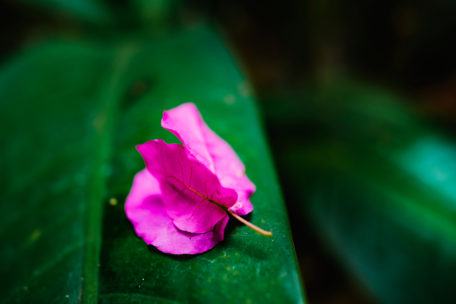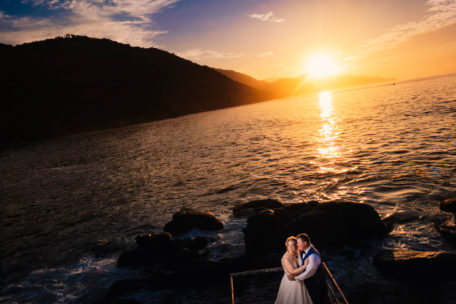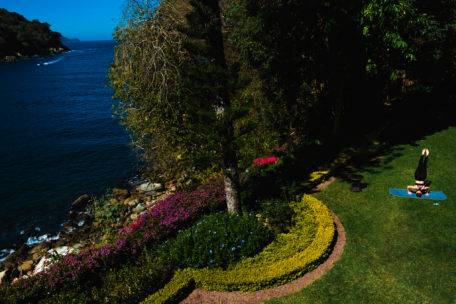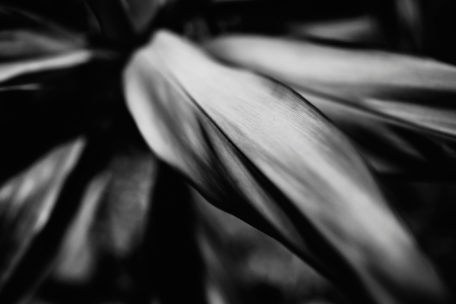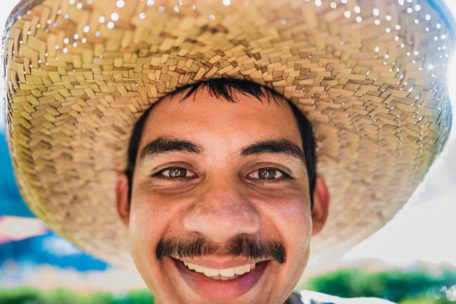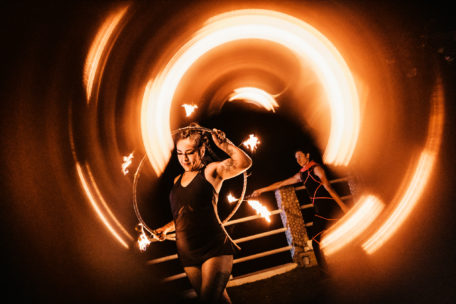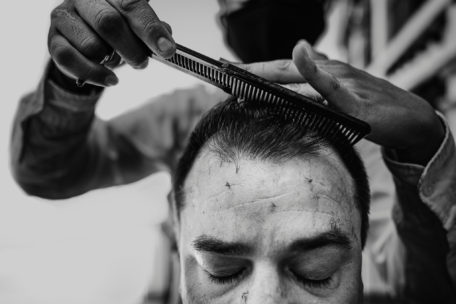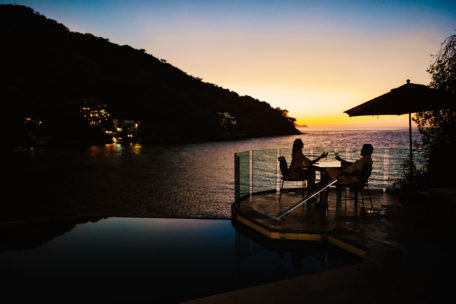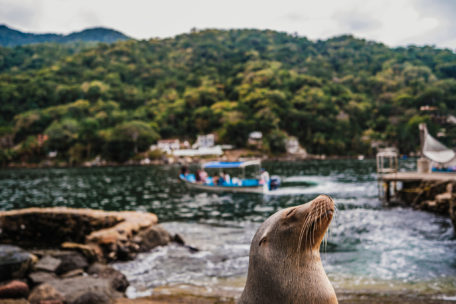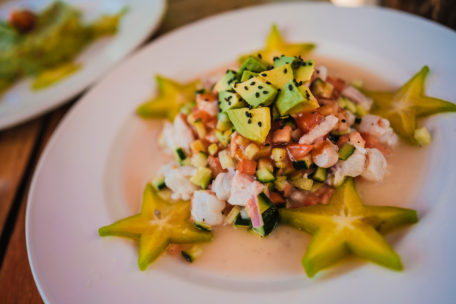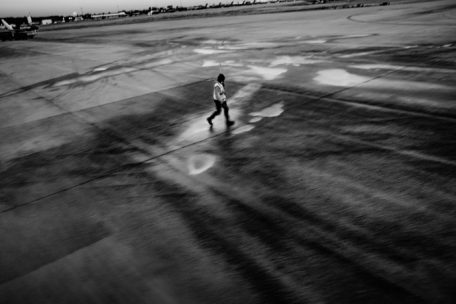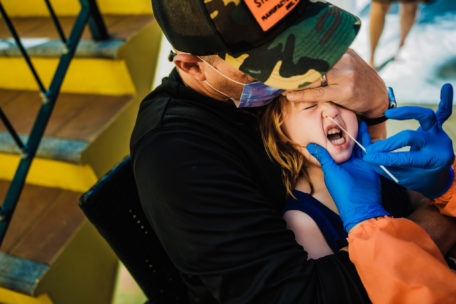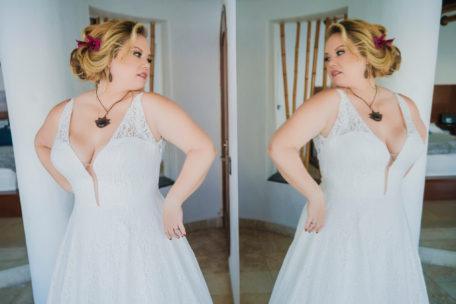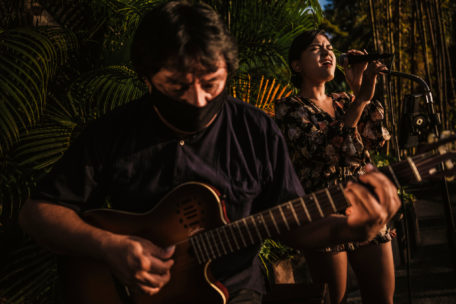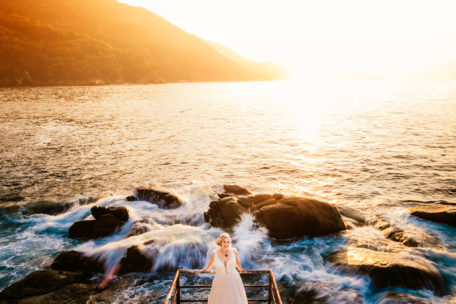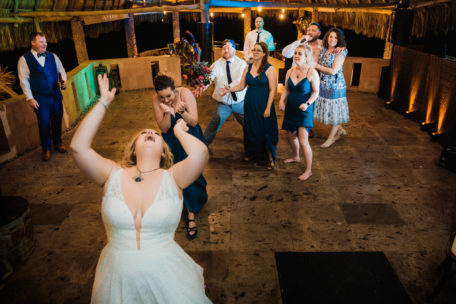The short version: The new Fujifilm XF18F1.4mm lens is incredible, and hasn’t left my camera in three months. See photos and video above and below.
The long version: Why and how I became a Fujifilm photographer.
The very first Fujifilm camera I ever bought was the original X100 back in 2011. Since then, if you’ve hung out with me, I’ve probably photographed you with some sort of Fujifilm camera. I always have one with me, but until last year they were never my main cameras for work.
I started with Nikon film cameras when I worked for newspapers in New Mexico. Then I entered the digital world with the first Canon 5D. Erin and I shot Canon for many years. Then when Nikon came out with the D4, we switched to those. And even though I loved whatever Fujifilm camera I always had in my bag, I never felt it was up to the job for the weddings we photographed. We shoot a lot, and I’m personally very, very hard on my gear. I’ve been known to break a few cameras over the years. I know I always have to have a pretty tough camera on me.
When the X-Pro3 came out, I realized Fujifilm finally had a camera I could trust in every situation. But Erin hadn’t fully gelled with the Fujifilm cameras yet, so we kept the Nikons around for her wedding work. But then Erin got her hands on an X-T4, and fell in love. So all the Nikons were sold, and we went all in with Fujifilm. Finally, my dream of being Fujifilm-only was a reality.
I had always wanted to work with Fujifilm, if only to help with some sort of development with future cameras. But I never knew who to talk to. Fujifilm is a pretty small family, and I never could find a contact here in the U.S. But finally, a fellow photographer made an introduction, and a connection was made.
I didn’t want free cameras. I wasn’t asking Fujifilm for anything. I just wanted to be a part of the conversation, simply because I loved the cameras so much. Last year, after going through an application process (here), I was named a Fujifilm Creator. For me, it is a huge honor. Many of our friends are brand ambassadors for Nikon, Canon and Sony. I respect all those camera companies, but none of them inspire me to take photographs the way Fujifilm does. Being a part of the Fujifilm team felt right because it wasn’t about money or gear. I just have always loved shooting with them.
Flash forward a few months. Fujifilm wrote me asking if I would be interested in testing out a new lens. I’ve spent the last 15+ years basically using two lenses – a 35 mm and 85 mm. This combo was a result of years of learning how to shoot while working for newspapers where I used only a 20 mm and a 70-200 mm. I finally learned that combo is not for me. The 20mm is way too wide. And the 70-200 is the most uninspiring lens you could ever put in my hands. I took my most boring photos with a 70-200mm. When I first started photographing weddings full-time in 2005, after taking a workshop with my heroes of photography, Gary Knight, James Nachtwey and Antonin Kratochvil, I quickly learned the benefits of narrowing down my lens choices. I had a long conversation with Nachtwey about how he uses a 16-35 mm zoom lens, but only between 28 and 35 mm. He said he only goes to 24 mm when he absolutely has to, and nothing wider than that. At that workshop, I also had that same 16-35 mm lens, but had already taped the lens with gaffer tape at 35 mm so I couldn’t use any other focal length. If you give me too many choices using a zoom, it drops my creativity. So I was already on the path, but I knew I didn’t need to work with a zoom anymore. And at that time, Canon’s better lens was the 35 – not the 28 – so it was easy to just get the 35 1.4 as my main wide lens, and the 85 1.2 for a telephoto. I sold my 70-200 and have never felt I needed it since.
When we switched from Canon to Nikon, Nikon’s 35 mm was also better than their 28 mm, so we kept the same 35/85 combo for years. And when we switched to Fujifilm last year, that was still the case. Fujifilm’s 23 1.4 (35 mm equivalent) was much better than their 18 mm f2 (28 mm equivalent) for almost everything. That didn’t stop us from owning two of the 18 f2s, but for the bulk of our work we used the 23 1.4. The photo quality is better. The 1.4 aperture lets in more light. The lens was made stronger. But for personal work, Erin and I would often have the 18 mm on our everyday cameras, because it was so light, small and fun to shoot with. From that same workshop I took with my heros in 2005, I remember Antonin telling me how he shoots with two cameras, both with 28 mm lenses, with the only difference being the film speed in the two bodies. Working exclusively with a 28mm, he always knew exactly where he needed to stand. And creatively, he would “tilt and slice” to break the general rules of photography. I’ve always been inspired by that. I love the freedom a 28-mm-equivalent lens gives me.
There’s something special about a 28-mm focal length. It gives you more, but only if you are ready for more. You have to be open to the world with a more open heart the wider you go. You have to anticipate. You have to accept. You have to engage. You have to layer. You have to be a deeper photographer because there is no separation between you and what you are photographing once you’re that close.
So if Fujifilm asked me “do you want to test out a telephoto zoom lens?” I would have been honest and said “that lens isn’t for me.” But a brand new 28-mm-equivalent lens at 1.4? That is exactly what I had been waiting for. The lens arrived wrapped in simple plastic in a generic brown box. No manual. No pretty Fujifilm box. Just the lens. As I write this, I still don’t know the official specs of the lens, how many blades it has, or basically anything internal about it. All I know is it focuses extremely fast, and silent, is weather resistant, and I can shoot at 1.4 all day long. And it has the best photo quality of any lens I’ve ever used. I don’t know what magic sauce Fujifilm put into the development of this lens, but it’s a dream to carry around all day and use.
Fujifilm said I had one month to use the lens, and to photograph anything I wanted, but they needed everything turned in to them by the beginning of March. Luckily, we happened to have a wedding in Mexico the week the lens arrived. And since the lens was still a secret, I couldn’t tell anyone other than Erin about it. Luckily, no one at the wedding noticed or asked anything about my cameras. And our wedding couple Sarah and Grant, as well as their guests and even our fellow vendors, were so amazingly understanding when I asked them to sign model releases for something I couldn’t even tell them about.
For the last couple of months, I’ve been extremely quiet on social media. I’ve hardly posted any photos at all, simply because nearly every photograph I’ve taken has been with the 18 mm and I could not post anything publicly until the official announcement. But I have spent my time with the lens in the same way I approach every day in real life – by always carrying my camera and always photographing everyone I’m around. Often, that means my daughter Roxy and wife Erin. Then there are our friends and neighbors, the Van Valkenburgh family, who we have spent nearly every day with since the pandemic started. I have so many photos of their young boys Jack and Hudson you’d think I was their official documentarian. I’ve photographed my tennis buddies on the courts, a soldier coming home from the Middle East and meeting his daughter for the first time at the airport, our good friends in relationships, and even a surprise proposal. There was a random seal that showed up at the hotel dock in Mexico that let me get within a few inches of its face. And having the reason to use the lens so much meant I would just go exploring and looking for photographs I would never normally take, like colorful walls, lizards and flowers. I can honestly say I have never photographed flowers with any purpose before having this assignment.
So, who is this lens for? I think it’s easier to ask who this lens *isn’t* for, and I can’t think of any photographer who wouldn’t love to have this lens in their bag. It has completely replaced my 35 mm lens as my everyday camera lens. And it’s finally given me my dream wedding combination of having a really good 1.4 version of a 28, a 35, a 50 and an 85 mm equivalent on a wedding day (yes, I shoot with four cameras on me).
So if you’re a photojournalist, you’ll love this lens. Street photographer, same. Wedding photographers will love this on the dance floor and for ceremonies. Landscape photographers will love the quality out of this lens. I’ve even used this lens in the studio for portraits, getting as close to people’s faces as possible, which is just a few inches.
Fujifilm, great job. This is the lens we wanted so much, and it’s a gem.
Thank you Charleston Video Production company Motion Filmworks for the video above. Maggie and Dorian chose the location in the Charleston Harbor, took us out on their boat and spent hours and hours on this project. And thank you to our real-people “models,” Clint and Chelsea, friends who just made the entire shoot so easy and fun. We’re so lucky to have friends like you four here with us in Charleston.
*** Want more? Listen to this recent podcast interview about Ben’s new role with Fujifilm.
